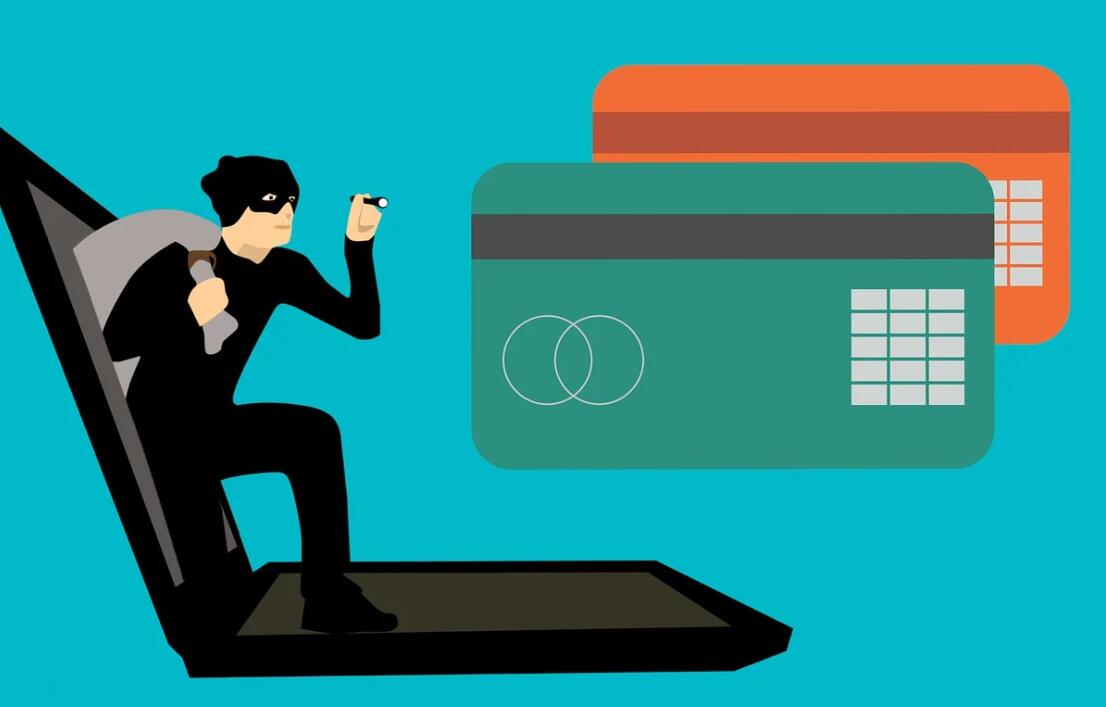
Introduction: Buy Now, Pay Later (BNPL) services have surged in popularity, offering consumers a flexible alternative to traditional payment methods. However, recent scrutiny has raised concerns about these services. In this comprehensive exploration, we’ll delve into the controversies surrounding BNPL plans and provide insights on what consumers need to know.
Section 1: The Rise of BNPL Services
BNPL Boom: The allure of BNPL services lies in their simplicity and flexibility. Consumers can make immediate purchases and spread payments over time without incurring interest, making it an attractive option for many.
Expanding Market: BNPL providers have expanded their presence across various industries, partnering with retailers to offer installment plans for a wide array of products, from electronics to fashion.
Section 2: The Controversies Unveiled
Hidden Fees and Charges: One major point of contention centers around potential hidden fees and charges associated with BNPL plans. Consumers may unknowingly incur late fees or interest if they miss payment deadlines.
Impact on Credit Scores: While BNPL services claim not to affect credit scores directly, missed payments or defaults can still have repercussions. Some argue that users might underestimate the financial impact on their creditworthiness.
Section 3: Regulatory Scrutiny
Consumer Protection Concerns: Regulatory bodies have begun scrutinizing BNPL services for potential consumer protection issues. Questions arise about the clarity of terms, disclosure of fees, and ensuring fair and transparent practices.
Calls for Stricter Regulations: Advocates for consumer rights are calling for stricter regulations to govern BNPL services, ensuring that users are fully informed about the terms and potential financial implications.
Section 4: BNPL vs. Credit Cards
Debt Accumulation Comparisons: Critics argue that BNPL services could lead to similar debt accumulation issues as credit cards, especially if users engage in multiple installment plans simultaneously.
Interest-Free Misconception: While BNPL plans are interest-free, the potential for late fees and the cumulative impact of multiple purchases may challenge the notion of cost-free financing.
Section 5: Consumer Awareness and Education
Importance of Understanding Terms: The key for consumers is a thorough understanding of the terms and conditions of BNPL plans. Being aware of potential fees, payment schedules, and the impact on credit is crucial.
Educational Initiatives: Advocacy groups and financial experts emphasize the need for educational initiatives to inform consumers about the potential pitfalls and benefits of BNPL services.
Section 6: The Future of BNPL
Adaptations and Accountability: As scrutiny intensifies, BNPL providers may need to adapt their practices to align with evolving regulatory expectations. Increased accountability in terms of fee disclosure and consumer protection is likely.
Balancing Flexibility and Responsibility: The challenge for BNPL services is to strike a balance between providing users with financial flexibility and ensuring responsible lending practices that prioritize consumer welfare.
Conclusion: As BNPL plans continue to reshape the landscape of consumer finance, the controversies surrounding these services highlight the importance of informed decision-making. Consumers must be vigilant about understanding the terms, potential fees, and the broader financial impact of utilizing BNPL services. Meanwhile, industry players face the challenge of addressing concerns, adapting to regulatory changes, and fostering an environment where BNPL plans can coexist with responsible financial practices. By staying informed and advocating for transparent practices, both consumers and BNPL providers can contribute to a more accountable and sustainable financial landscape.













